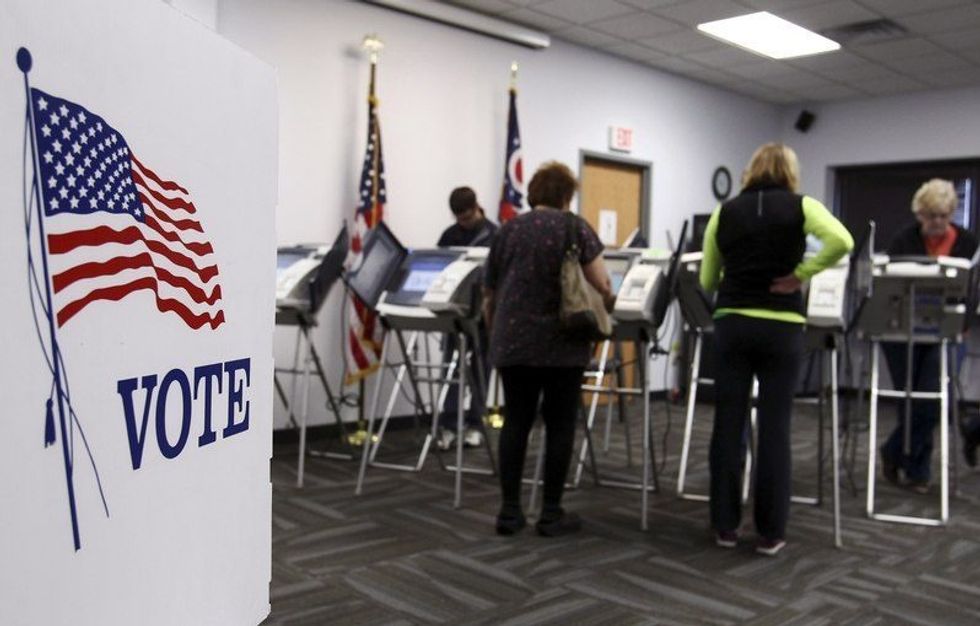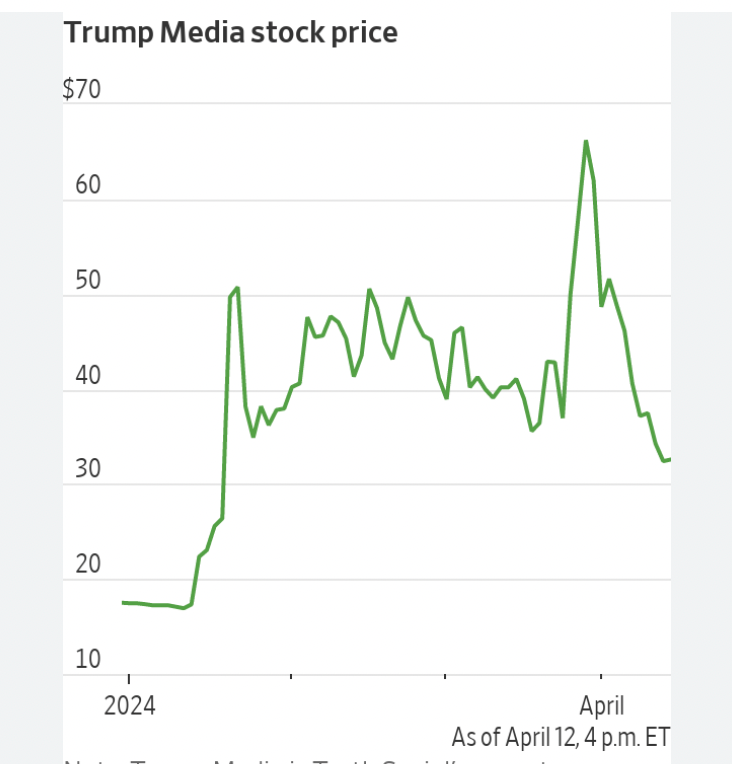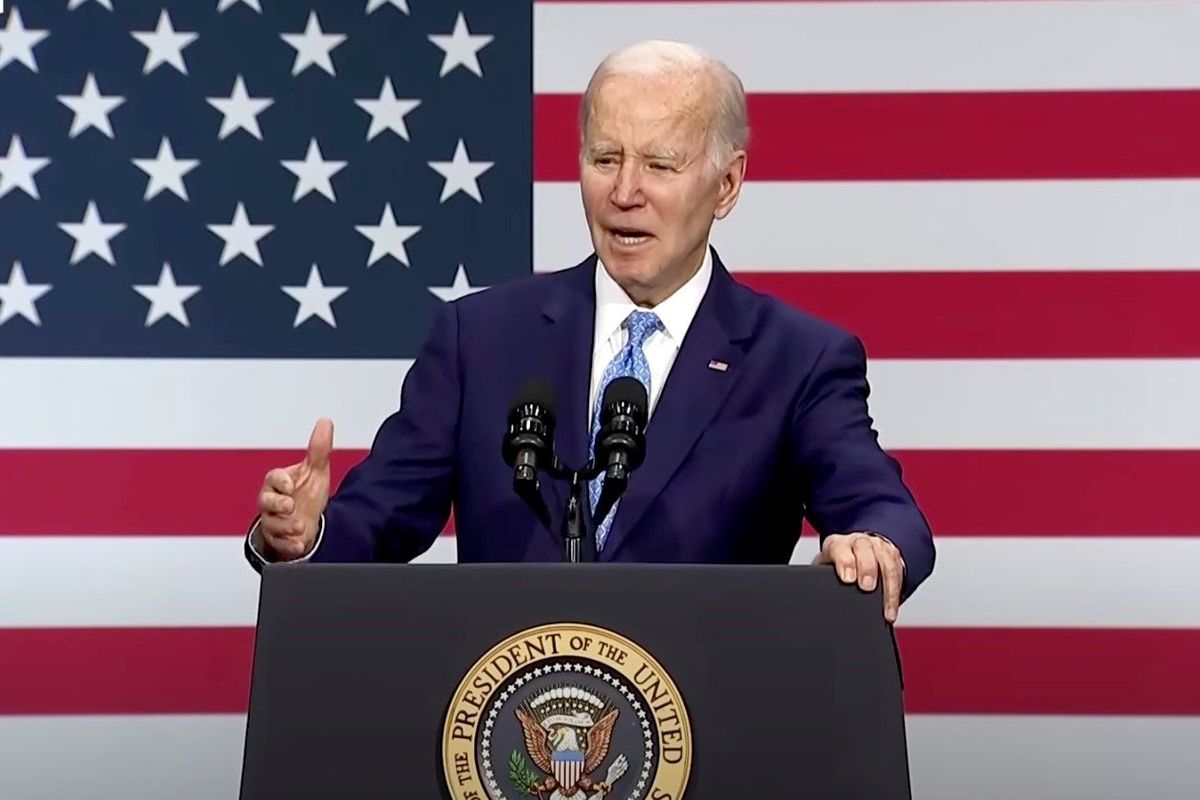
According to the National Conference of State Legislatures, 37 states now offer voters some way to cast ballots early and avoid lining up at the polls on Election Day.
These options are popular. About one-third of voters made use of them in the 2012 election.
But so-called “convenience voting” remains controversial: In some states, various types of early balloting has been challenged on grounds that it opens the door to fraud, though there’s been little evidence that such fraud is taking place.
Supporters of early voting say partisan politics is what really drives the objections. Research shows early voting increases turnout by two percent to four percent. In some cases, it particularly boosts voting among minorities, a constituency that tends to vote Democratic.
A GOP consultant acknowledged as much after a federal judge struck down North Carolina’s effort to curtail some kinds of convenience voting on the basis that legislators had targeted measures that disproportionately aided African Americans.
“Look, if African Americans voted overwhelmingly Republican, they would have kept early voting right where it was,” the consultant, Carter Wrenn, told the Washington Post. “It wasn’t about discriminating against African Americans. They just ended up in the middle of it because they vote Democrat.”
We took a look at some convenience voting tactics and what they do—or don’t do—for turnout, particularly in minority communities:
This form of early voting has a confusing name but an easy concept: Voters get a ballot before Election Day and turn it in at a designated place. The ballot is counted with other absentee ballots. This is also known as in-person early voting or early in-person voting.
The Brennan Center for Justice reported that 14 percent of voters in nine of the top-turnout states with in-person absentee as an option used it in 2012, up from 13 percent in 2008 and 8.4 percent in 2004. Political science research hasn’t come to a consensus on what it does for overall turnout: A study out of the University of Wisconsin found that in-person absentee voting actually decreased participation.
Other studies have shown that in-person absentee voting has boosted black turnout, in part because some states allow people to submit votes on the weekend. This has enabled African-American churches’ “Souls to the Polls” initiatives, in which churchgoers are transported straight from the pews to the ballot box.
A paper examining the effects of Florida’s early voting patterns in the 2008 election showed that African Americans were more likely to cast in-person absentee ballots than white voters. African Americans made up 13 percent of registered voters in Florida, but cast 22 percent of the in-person absentee votes.
The same pattern holds true in Ohio, which has been embroiled in litigation over cuts to the state’s “Golden Week” of early voting. A 2015 paper showed that restricting in-person absentee voting in Ohio would have disparate impacts on different racial groups and that African Americans would be hardest hit by such cuts.
Every state allows people who cannot get to polling places for specific reasons – illness or disability, military service, etc. – to mail in absentee ballots before the election.
Some 27 states — plus the District of Columbia — also let residents vote by absentee ballot without providing a reason.
The first states allowing no-excuse absentee voting—California, Oregon and Washington—did so in the 1980s and other states followed suit in the following decades. An early study in the 1990s found that opening up absentee voting can lead to a small increase in turnout, but since then research hasn’t shown that it has a significant impact on how many people vote.
Oregon, Washington and Colorado conduct elections entirely by mail, sending out ballots to all eligible voters and giving them until Election Day to mail them back in.
Oregon was the first state to conduct its elections by mail after a ballot measure passed in 1998. Washington, which had allowed counties to choose whether to conduct elections regularly or by mail, switched to an entirely postal system in 2011. Colorado followed in 2013.
The first wave of vote-by-mail studies found a huge jump in turnout, ranging from 10 to 19 percent. But as voters settled into the new laws, follow-up studies showed significantly less impact. A 2007 study in Washington found a five percent impact. A study in Switzerland, conducted from 1970 to 2005, saw a turnout increase of 4.1 percent.
There’s also no indication that these modest increases are skewed toward any particular racial or ethnic group.
In addition to the various modes of early voting, there’s a couple more way states make it more convenient to vote:
In at least 13 states and the District of Columbia, voters can show up at polling stations on Election Day, register and vote (some states such as Maryland only allow same-day registration during early voting). In addition, Utah passed a 2014 bill enacting a pilot project of same-day registration; the project will continue through 2016.
To register and vote at the same time, voters typically must show proof of residency (such as a driver’s license or, in some states, a utility bill) and provide an ID to verify their identity (photo or non-photo, depending on the state).
Groups that advocate for same-day registration say it not only eases access, but also solves the problem of inaccurate voter rolls from which people who move frequently might have purged or left off. According to a study from Demos, one such group, same-day registration can increase turnout from 3 percent to 6 percent. Pew Charitable Trusts found that one in eight voters in states with same-day registration used it in the 2012 election.
Not having to register in advance appears to boost minority voting disproportionately. In North Carolina, African-American voters accounted for 35 percent of those who used same-day registration in 2012, though African Americans made up only 22 percent of the electorate, according to PBS.
While voters who move frequently tend to be younger, and younger voters tend to vote Democrat, that’s not always the case. A 2012 study looking at Wisconsin’s same-day registration found that while it increased turnout, it actually decreased Democrats’ share of the presidential vote.
North Carolina passed a law banning same-day registration in 2013, but it has since been overturned.
Five states have recently approved automatic voter registration, which registers citizens who come into contact with government agencies (often at a DMV) to vote unless they opt out.
Oregon passed the first major automatic registration law in 2015. Currently, 29 states and the District of Columbia have bills pending that would implement automatic registration, according to the Brennan Center for Justice.
While it’s too soon to have significant studies on how automatic registration affects turnout, advocates contend the practice not only makes elections more accessible, but saves money and improves the accuracy of voter rolls.
Printed with permission of ProPublica. Sarah Smith is a ProPublica reporting fellow.


